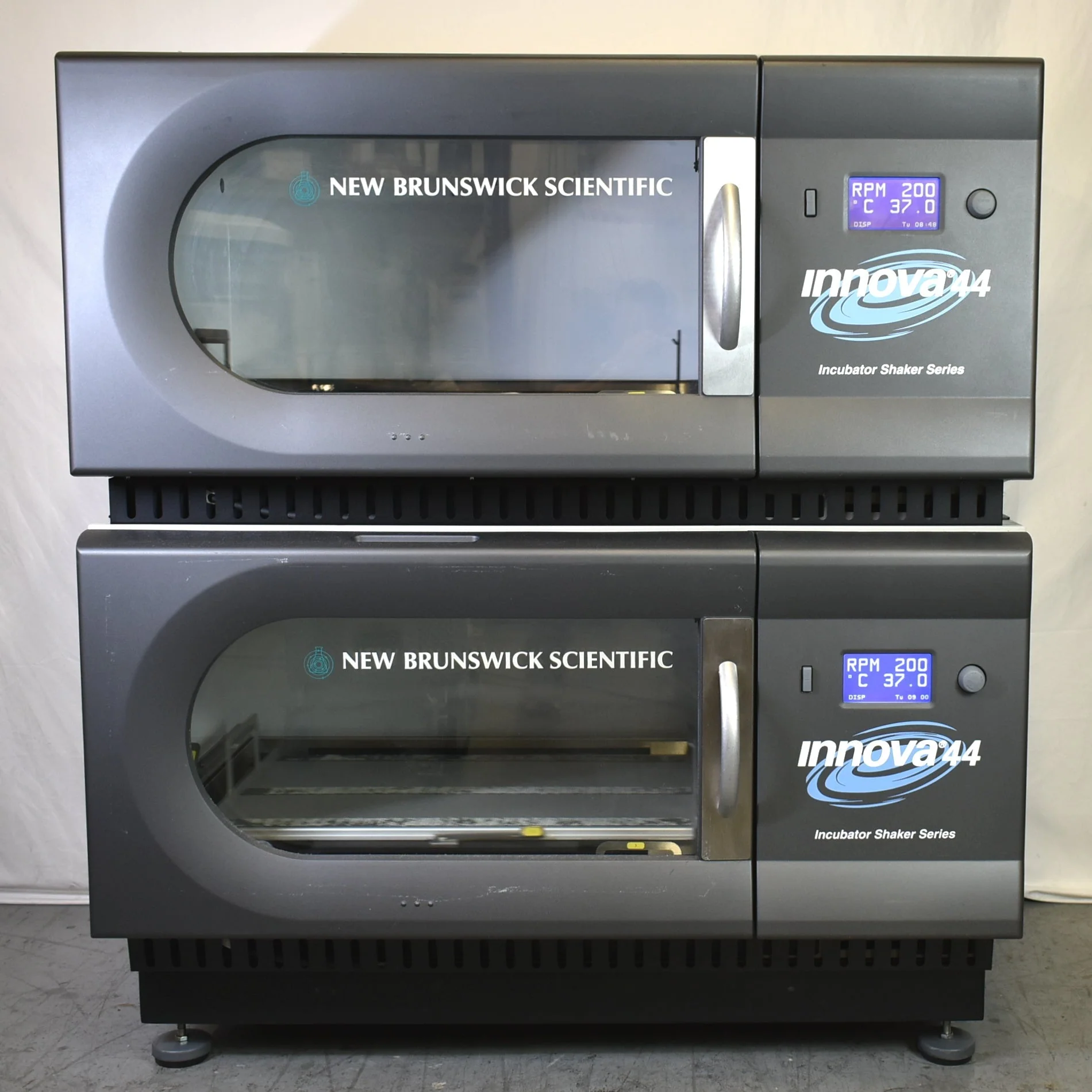
Best Practice Maintenance Tips
Our Field Service Engineers visit over 3,000 bio-pharma research, development and production facilities each year in North America and Europe. Here are some of our simple, downtime-saving best practice pro tips to maximize uptime and extend the life of your instruments.
FPLC BEST PRACTICE TIPS
Keep the system and fraction collector clean, both on the outside and the inside
Use inlet filters and filtered buffers, preferably degassed buffers
For optimal results, use buffers, system, and columns at ambient temperature during a purification run
A regular, consistent preventative maintenance schedule will ensure the instrument is performing within manufacturers specifications and will also significantly extend the life of the instrument
Keep the instrument itself and the area around it clean. It is far easier to keep the area clean than it is to troubleshoot and repair internal components when a failure occurs
Microplate Reader and Microplate Washer Best Practice Tips
Ensure microplate reader instrument door is closed after every read
Clean microplate washer manifolds on washers periodically
Listen to the instrument while its booting, this can help tip you off when a repair may be needed
If an instrument receives a fatal error, turning off and turning back on doesn’t mean the instrument is now functioning. The fatal error needs to be addressed
A regular, consistent preventative maintenance schedule will ensure the instrument is performing within manufacturers specifications and will also significantly extend the life of the instrument.
Centrifuge and Incubator Shaker Best Practice Tips
Clean and dry the chamber after each run
Keep the platform area clean
For ultracentrifuges, make sure that there is a thin coating of vacuum grease on the chamber O ring
Incubators should be calibrated for temperature and CO2 periodically
A regular, consistent preventative maintenance schedule will ensure the instrument is performing within manufacturers specifications and will also significantly extend the life of the instrument
Evaporator Maintenance Best Practice Tips
Balance the plate swings to within 10g to avoid out of balance errors.
Confirm the sampleguard (temperature) probes are completely inserted into the swing.
Defrost and drain the condenser prior to each run.
A regular, consistent PM schedule will ensure instrument is performing within manufacturers specifications and will also significantly extend the life of the instrument.
Additional Tips
ADDITIONAL FPLC MAINTENANCE TIPS
1- The UV flow cell (U9-L) should be cleaned every six months using a 10% surfactant detergent solution (Decon 90, Deconex 11, or RBS 25 are recommended). Be sure to rinse thoroughly with distilled water.
2- The pH electrode should be replaced every six months.
3- Avoid using old buffer solutions. Discard any buffer which shows signs of precipitation or microbial growth.
4- The pH monitor should be calibrated daily before use. Calibration should use two buffers with a difference of at least one pH unit. Pressure monitors should be calibrated weekly.
5- The pump rinsing solution should be changed weekly. Always use 20% ethanol in distilled water. Each rinsing system tube should be filled with 50 ml of the rinsing solution.
6- The fraction collector F9-C sensors should be cleaned weekly with 20% ethanol.
7- Once a month, check to ensure that the flow restrictor is generating the correct back-pressure.
8- When pH monitoring is not used, the pH electrode should be stored in a storage solution (1:1 mixture of pH 4 buffer and 1 M KNO3) inside the pH flow cell. If it is not going to be used for a week or longer, or if a week has passed since initially stored in storage solution, replace the pH electrode with the dummy electrode and store the pH electrode in storage solution.
ADDITIONAL MICROPLATE READER AND MICROPLATE WASHER TIPS
2- The back of the instrument has vents that prevent it from overheating. Ensure there is at least three inches of space behind the unit for proper ventilation.
3- Ensure the area around the instrument is kept clean and free of dust. Dust on the bench easily becomes dust inside your instrument.
4- Always keep the plate drawer closed when the instrument is not in use.
5- Whenever necessary, the outside of the instrument should be cleaned with a cloth dampened with 70% ETOH or Isopropyl alcohol. Do not attempt to clean the inside of the instrument. Do not spray cleaner directly onto the instrument.
1- Keep your plate reader on a level surface away from vibration, direct sunlight, dust, drafts, and moisture. Do not put it in a cold room.
6- A slip cover can greatly reduce the amount of dust accumulating in the instrument over time - these are highly recommended.
7- The fan filter on the bottom of the instrument should be cleaned every one to six months, depending on the cleanliness of your lab. To prepare the instrument, power it off, ensure there is no microplate in it, and disconnect all cables. Turn the instrument on its left edge, which is the flat side of the instrument. Remove the black fan cover and remove the filter. Clean the filter by blowing clean, compressed air through it, or by rinsing it with water then with alcohol and allowing it to dry completely. Replace the filter and cover, flip the instrument right side up, and reconnect the cables.




